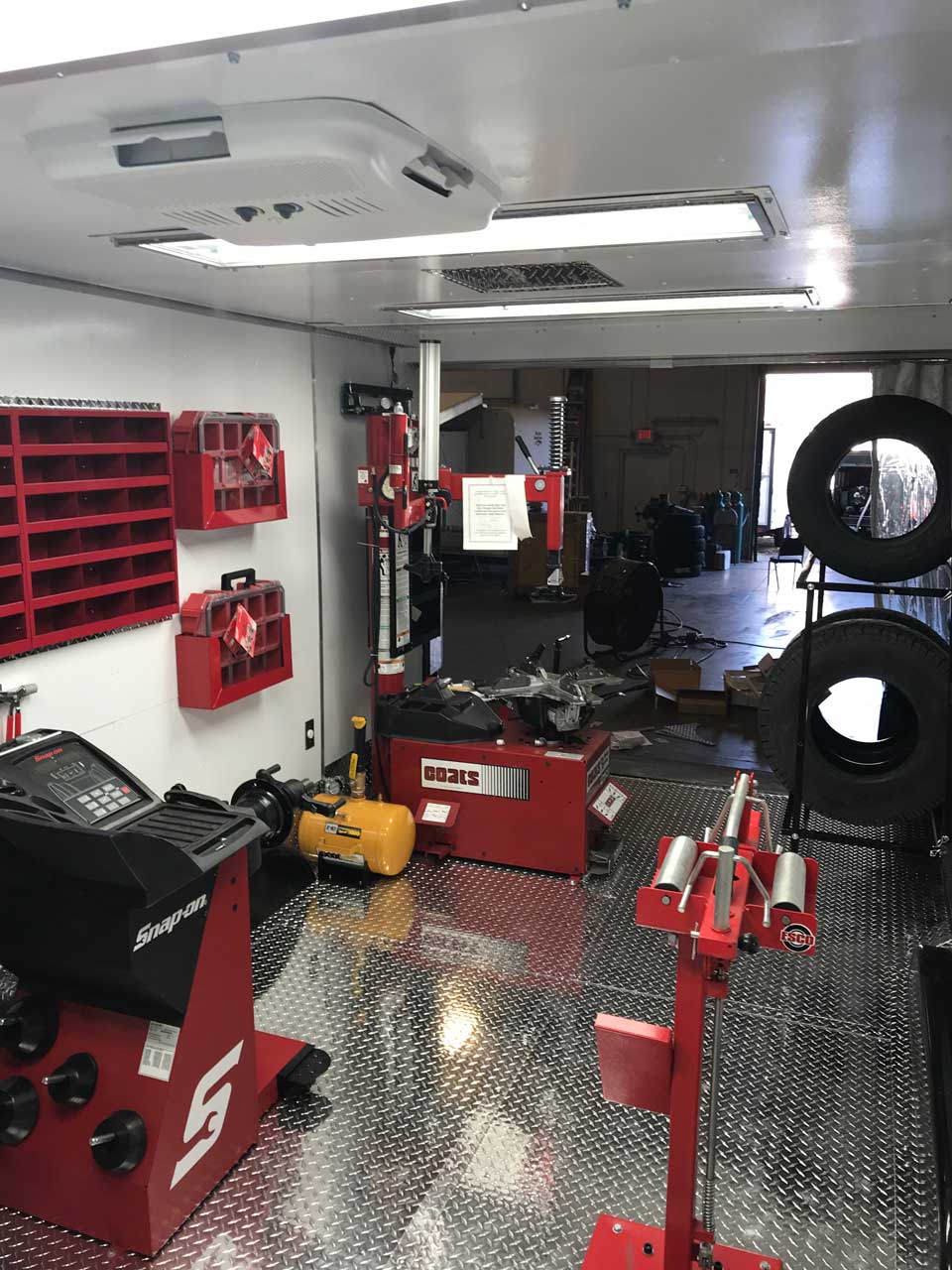Morris Tires: Where GMC Tire Service Meets Top Quality
Morris Tires: Where GMC Tire Service Meets Top Quality
Blog Article
Tire Solution: The Effect of Climate Condition
When it involves making certain ideal efficiency and safety and security when traveling, recognizing the influence of weather on tire solution is critical. From scorching warm to icy roadways, each weather aspect can substantially affect tire capability and total driving experience. By delving into the effects of varying climate condition on tires, drivers can get beneficial understandings that might boost their lorry's performance and longevity. In this discussion, we will check out the detailed connection in between climate conditions and tire solution, losing light on the value of weather-specific tire maintenance practices and factors to consider.
Heat and Tire Performance
When exposed to high temperatures, tires experience adjustments in efficiency that can significantly influence lorry safety and security and handling. The warmth created from prolonged driving or heat conditions triggers the tire rubber to soften, bring about decreased tread life and enhanced wear. As the rubber ends up being softer, the tire's grasp when traveling diminishes, impacting stopping ranges and general traction. In severe situations, too much warmth can even create tire blowouts, posing a severe safety and security danger to the car and its occupants.

Winter Impacts
Cold weather condition problems can have a considerable impact on tire efficiency and security. In chilly climate, tires may likewise lose air stress more rapidly, which can affect managing and gas effectiveness.
To alleviate the effects of cool climate on tires, it is vital to consistently check tire pressure and inflate them to the maker's recommended degrees. Utilizing winter months or all-season tires designed for chilly climate problems can likewise improve traction and grasp on icy or snowy roadways. Appropriate tire maintenance, including routine assessments for wear and damage, ends up being also extra essential throughout cooler months to ensure optimal efficiency and safety.
Rainy Conditions Effect
Tires with worn-out footsteps are extra vulnerable to hydroplaning, where a layer of water builds up in between the roadway and the tire surface, leading to loss of traction. To combat this, vehicle drivers should frequently inspect their tires for ample tread deepness and consider investing in tires especially designed for damp conditions.
Additionally, wet weather can additionally reduce exposure, making it challenging for vehicle drivers to see the road in advance plainly (GMC Tire Service). In such problems, it is important to readjust driving speeds accordingly and keep a secure following range to permit unexpected stops. Effectively filled with air tires can additionally assist in preserving control on wet roads by providing better handling and hold
Snow and Tire Security
When driving in snowy conditions, having the best tires can make a substantial distinction in safety and security and efficiency. Winter months tires are created with special rubber substances and tread patterns to offer far better grip on snow and ice compared to all-season my review here tires.

It is vital to follow maker guidelines when mounting and making use of tire chains to protect against damage to the tires and vehicle. By selecting the ideal tires, keeping appropriate rising cost of living, and taking into consideration additional grip help like tire chains, motorists can improve their safety and security when navigating snow-covered roads.
Weather-Related Tire Maintenance
Weather-related tire maintenance incorporates a range of methods intended at ensuring optimum tire feature and durability in different weather situations. One crucial element of weather-related tire maintenance is tire stress policy. Checking tire walk regularly and changing tires when tread wear reaches a specific depth is essential for keeping traction and security in official site unfavorable climate.
Conclusion
In verdict, climate conditions have a significant effect on tire performance and security. From warmth impacting tire pressure and use to cold weather minimizing traction, it is vital to think about the weather when keeping and using tires.
In this discussion, we will certainly discover the detailed partnership between weather condition problems and tire service, shedding light on the significance of weather-specific tire maintenance Read Full Report practices and factors to consider.

Report this page